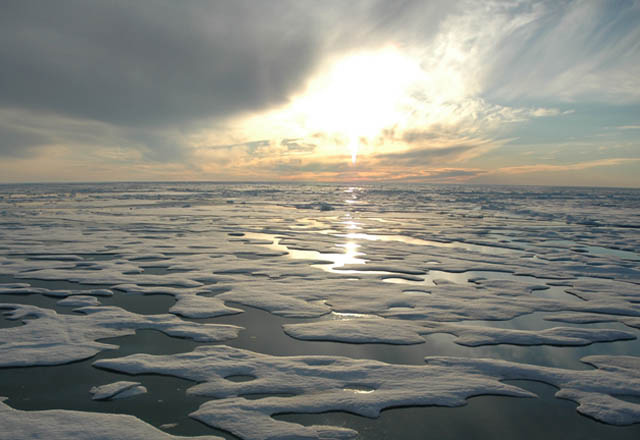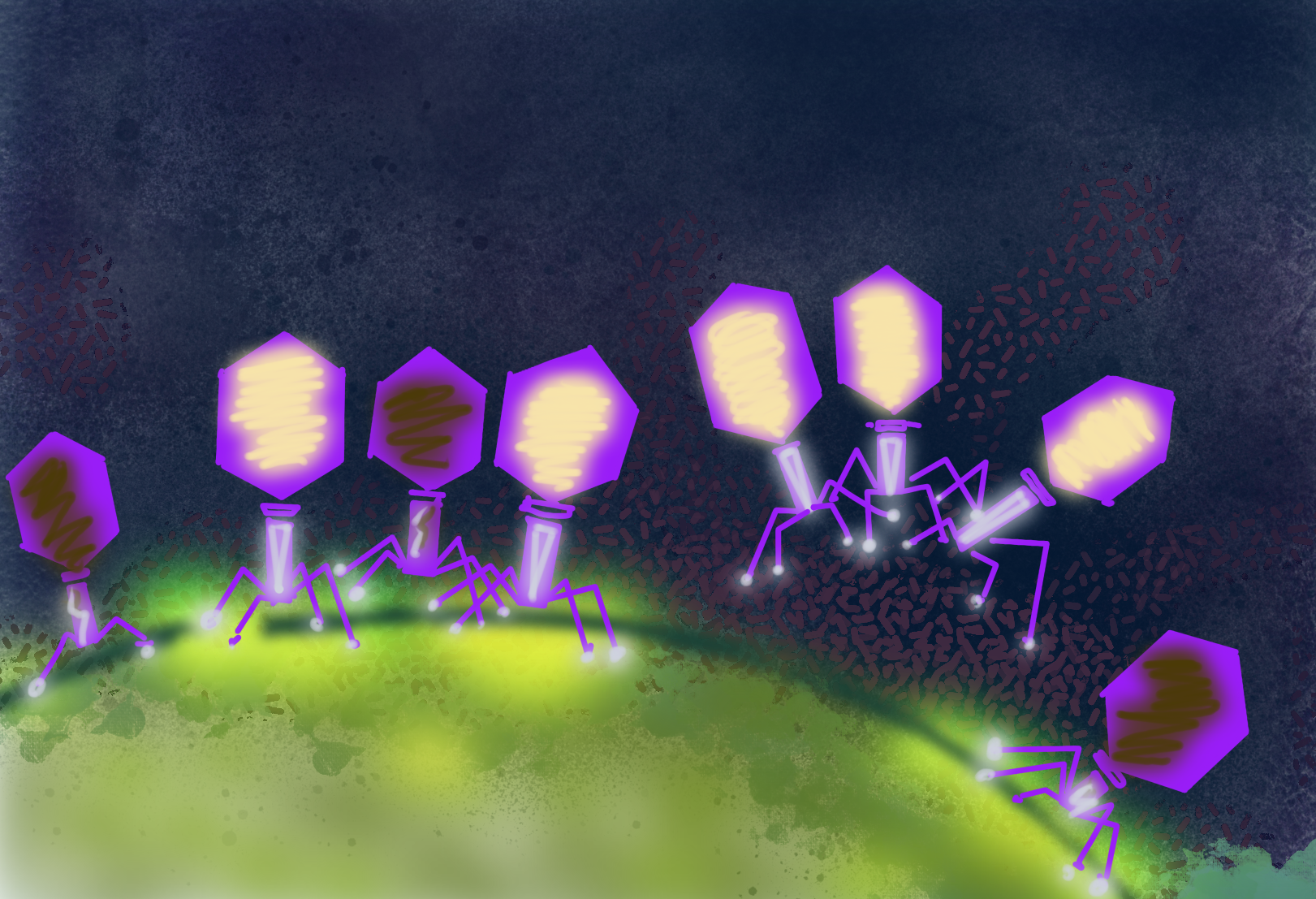Simulation of Arctic Clouds in Climate Models
Arctic clouds, major controllers of the radiative budget, are now better represented in climate models.

The Science
The new boundary layer turbulence and cloud microphysical schemes in the Community Atmospheric Model (CAM5) produced a global atmospheric model with improved Arctic cloud sensitivity to lower tropospheric stability and Arctic surface type.
The Impact
Arctic clouds are a major controller of the surface net radiative budget. Producing the clouds correctly in climate models is important to accurately represent Arctic climate.
Summary
The Arctic Ocean’s surface alters between ocean and sea ice. This variation, along with atmospheric dynamics and thermodynamics, affects Arctic cloud properties. DOE scientists at Lawrence Livermore National Laboratory (LLNL) developed a method to evaluate Arctic clouds in the Community Earth System Model’s (CESM) two most recent global atmospheric models that are used in the coupled transient climate projections, the Community Atmospheric Model Version 4 and 5 (CAM4 and CAM5). Clouds were first examined during distinctly separate dynamical and thermo-dynamical conditions, which were called synoptic regimes. Next, clouds fractions for each regime were examined when the regime occurred over open-ocean, sea ice, and land. The scientists ran CAM4 and CAM5 using the DOE Cloud-Associated Parameterizations Testbed (CAPT) framework to ensure the dynamics and thermodynamics in the models were similar to the observations. From CAM4 to CAM5, there was a large community effort to improve the representation of boundary layer clouds, which are prevalent in the Arctic.
Contact
Dr. Neil Barton
Lawrence Livermore National Laboratory
barton30@llnl.gov
Funding
Basic Research: DOE Office of Science, Office of Biological and Environmental Research
Publications
Barton, N. P. S. A. Klein, J. S. Boyle, Y. Y. Zhang, 2012: Arctic Synoptic Regimes: Comparing domain wide Arctic cloud observations with CAM4 and CAM5 during similar dynamics. J. Geophys. Res.-Atmos., In press. [DOI:10.1029/2012JD017589].
Highlight Categories
Performer: DOE Laboratory



